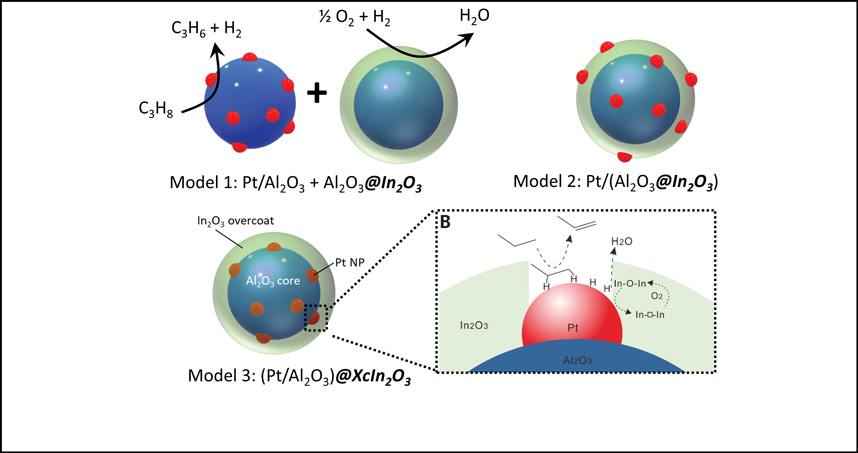2021/3/16 アメリカ合衆国・国立再生可能エネルギー研究所(NREL)

・ NREL とボーリング・グリーン州立大学が、エネルギー変換効率を向上してビル等への導入を促進する、ペロブスカイト太陽電池の新設計を開発。
・ 材料層の積み重ねで構築されるペロブスカイト太陽電池では、最上部と最下部の層が太陽光を電気に変換する重要な部分。新設計では、電池の背面に金属のコンタクト層を並べて配置した Allback-contact(ABC)構造により、太陽光に晒される表面を拡張した。
・ 最上部層の金属層を除去することで、ビルのファサードへのシームレスな太陽電池の導入が可能となる。太陽電池の美観を向上しながら、ガラスから金属シートまで様々な基板上での電池製造の可能性が期待できる。
・ 太陽電池の導入により、ビル内のエネルギー消費量の低減が図れる。ビルは米国内の電力の 74%を使用し、全エネルギー使用量の 39%、CO2 排出量の 35%をそれぞれ占める。
・ 背面への金属コンタクトの配置は、従来の太陽電池では確立された技術だが、ペロブスカイト太陽電池では新しい試み。ペロブスカイト太陽電池は近年エネルギー変換効率が着実に向上しており、従来型では 22.5%を記録している。
・ 新設計の ABC 構造のペロブスカイト太陽電池の変換効率は 10%だが、理論効率は現在最高効率の電池よりも高く、高度化を進めることで 27%~28%の効率達成が可能と考える。
・ 本研究には、米国エネルギー省(DOE)のビルディング技術局(BTO)および太陽エネルギー技術局(SETO)が資金を提供した。
URL: https://www.nrel.gov/news/program/2021/new-perovskite-design-shows-path-to-higher-efficiency.html
<NEDO海外技術情報より>
(関連情報)
Cell Reports Physical Science 掲載論文(フルテキスト)
Complementary interface formation toward high-efficiency all-back-contact perovskite solar cells
URL: https://www.cell.com/cell-reports-physical-science/fulltext/S2666-3864(21)00048-5
Abstract
All-back-contact (ABC) architectures for perovskite photovoltaics represent untapped potential for higher efficiency and enhanced durability compared to conventional planar architectures. Interface engineering can be more complex in ABC designs, because both the electron and hole transport layers (ETLs/HTLs) are simultaneously exposed during processing. Herein, we fabricate ABC perovskite solar cells with a non-stabilized current-voltage scan power conversion efficiency >10% by developing complementary interface processing. UV-ozone exposure followed by annealing increases the work function and reduces the defect density of the NiOx HTL and removed contamination from the TiO2 ETL, which increases voltage and current collection. We measure the chemical composition of each transport layer interface using photoelectron spectroscopy and then use the resulting trends to inform a two-dimensional drift-diffusion model. The model suggests that further reduction of charged interface defect density, increase in the hole selective contact work function, and passivation of the front surface will enable >20% of ABC devices.



